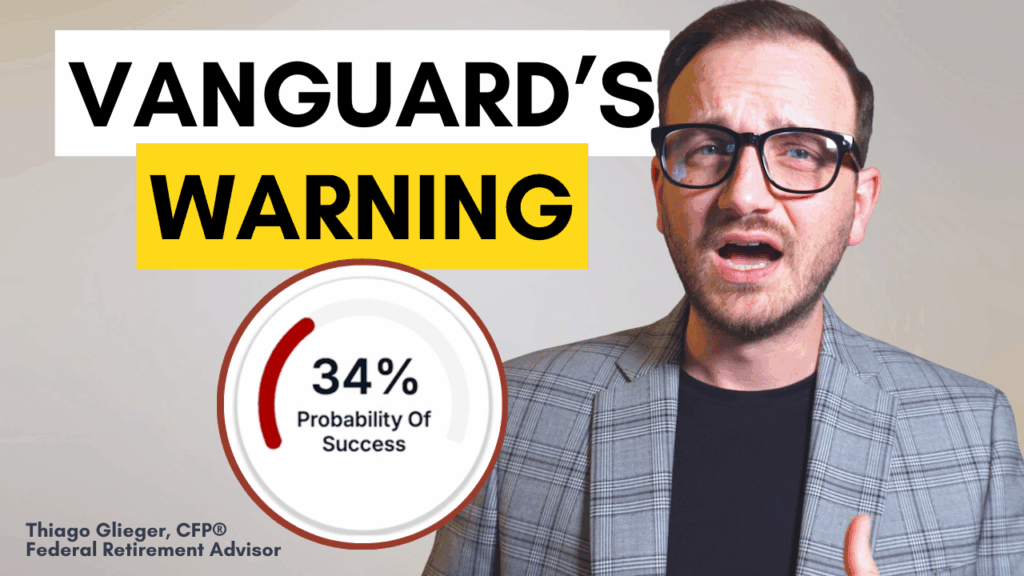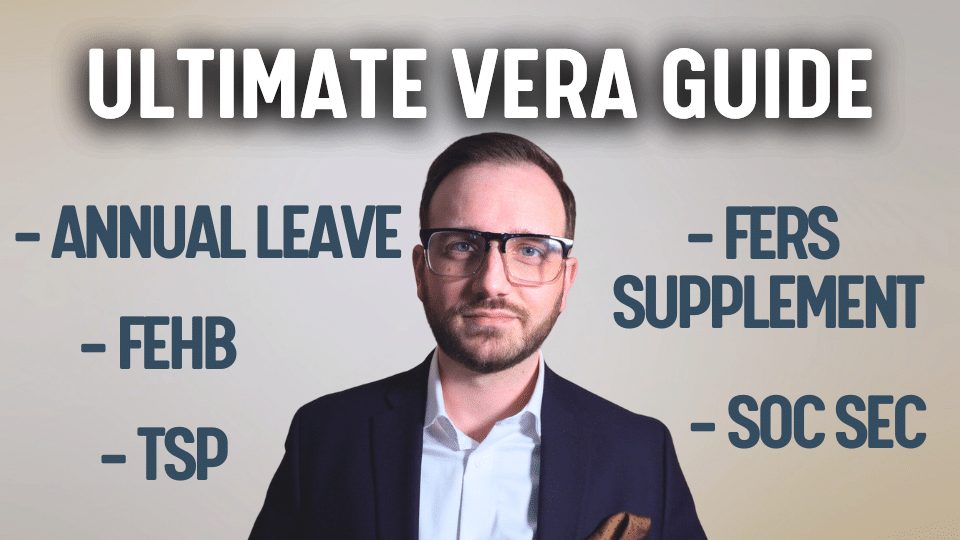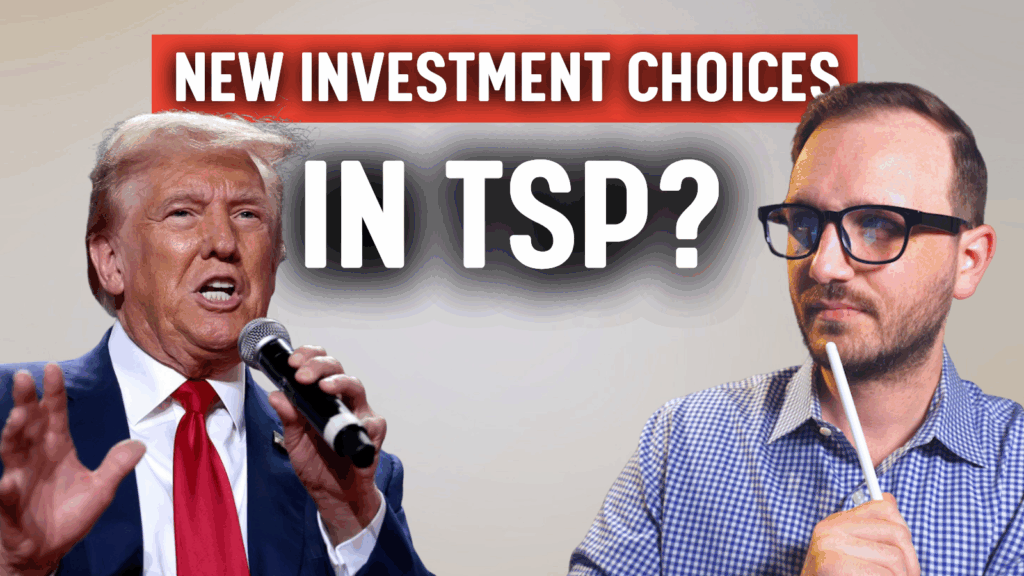Managing Your Portfolio in Retirement
Becoming financially independent is a goal for most. We work most of our lives, save and invest, for a purpose: to take care of ourselves and our families in the future.
This second part of your life when you’re no longer working can last for a long time. In fact, most people will be retired for almost as long as they were working. If you think back to how your portfolio did over the years, I’m sure you can remember some bumpy times along the way. There are myriad risks that you need to manage as an investor in order to make sure you don’t run out of money before you run out of time.
The challenge is that it’s hard to define risk in just one short sentence. And it depends on what you’re referring to. Within the world of investing, you have market, credit, currency, and a host of other types of risks. But in the grand scheme of things, it usually means the uncertainty of an outcome.
For the federal employees we work with, it means the uncertainty or risk of not meeting their financial goals. “No risk, no return” is a core tenet in finance. In order to expect future return, you have to take some risk. How much and which risk to take, is an important component of reaching your financial goals, and you must be able to organize and manage that risk. This is especially critical when you are no longer working, as the assets you’ve accumulated now have the upmost important job of maintaining your lifestyle for the rest of your days.
So how do you do that?
As a starting point, we break risk into your aptitude to take risk and your attitude to handle risk. Your aptitude to take risk tends to be more quantifiable and tends to revolve around such things your overall wealth, your time horizon, income or outgoing cash flows, and a variety of other factors. There is a theory in psychology that won a noble prize in economics for helping us understand our faulty perceptions. We encourage right-mindedness and discourage wrong-headedness, as much as we’re involved with quantitative theory.
The second component, your attitude towards risk, reflects how comfortable you are with risk. Making sure that your portfolio reflects your attitude toward risk not only makes it easier for you to sleep at night, but it also helps to ensure that you will stay in your seat when markets are turbulent.
One of the challenges that investors face is that risk is usually felt short term, while returns are earned long term. We may experience or feel risk on a day-to-day basis when reading the news or checking our portfolio, while the power of compounding return occurs in the long run. Albert Einstein said that compound interest is the greatest mathematical discovery of all time and add that it is the most powerful force in the universe.
So how does risk correlate to what you do? The key is to ensure that the level of risk that you’re taking is aligned with your goals, your needs, and your comfort to take risk. Sometimes not taking enough risk doesn’t allow you to meet your goals. Your risk must be matched to your goals and objectives so that they’re attainable.
Putting it into practice
Your individual (taxable) account, is the account that you’re likely to utilize for interim expenses (new homes, cars, etc.) and therefore money, should be less subject to volatility may be better off here. The way we approach this is the “bucket approach”. We did a video recently applying this concept to managing your TSP. You can find that by clicking here.
You have immediate, short, intermediate, and long periods of time that the money will have to grow. The longer the duration, the more volatility the account can sustain on its way to satisfying your wants and needs.
Immediate money is money that will be used within a year. This money can withstand no volatility. Historically, markets are predictable in the long term, less predictable in the short term. If you’re putting money down on a house in 6 months, there is no market that is a sure enough thing that these dollars should be at risk.
Short term money is money that has a timeline of 1-3 years. These are upcoming plans for potential home renos, new car purchases, child expense, etc. If left in cash, that’s enough time for inflation (the silent killer) to begin eroding its purchasing power. This money walks the thin line not embracing volatility but not affording stagnation.
Intermediate money is 3-8 years out. The recession of 2008 took a little over 3 years to fully regain value. If you have 3-8 years before you need to take your money out of play, this money should be invested for growth.
Long Term money is anything beyond that. This is future money, this is money that is always tasked with the important goal of inflation fighting and maintaining your lifestyle. The goal can go beyond that depending upon your volatility tolerance toward growth, whether moderate or substantial, but at the very least it must maintain your purchasing power into the future. 40 years ago, having roughly $300K spent the same as having $1M today. If that rate applies into the future, you will need around $3.5M for the equivalent spending of a $1M. Your investments need to keep up in order for this not to be daunting.
There are certain lifestyle factors that can create shifts in these buckets. Economic ones, timeline ones, goals. These strategies are basically designed for accumulation, growth of capital toward a future need. In the early phase, your portfolio is responsible for growing to see to your future security. At retirement, you move into a decumulation mode, a time when your capital’s job switching to providing a regular income. Your money is not done growing because you may be retired for as long as you were working, and inflation, the silent portfolio killer, is out there decreasing the value of your hard-earned savings if your money is not working equally hard as an offset.
There are different ways of viewing the conservative versus aggressive. One is the amount of investments in bonds relative stocks. With the interest rate flip that we’ve experienced, bonds spent the last decade being a much higher risk investment than stocks due to their inability to offer any growth. Another way to look at this, is stocks that offer yield vs yield that offer growth. Yield stocks tend to be slower movers but more stable and predictable in their total returns.
The objective is the same. Conservative investments want more than anything not to lose money. Aggressive investments want more than anything to make money. Our objective, no matter where you fit style wise, is a combination of the two over time. Most important is not that you make more than anybody, but that your gains are sufficient so that after inflation, you’re still able to meet your goals, short, intermediate, and long run.



